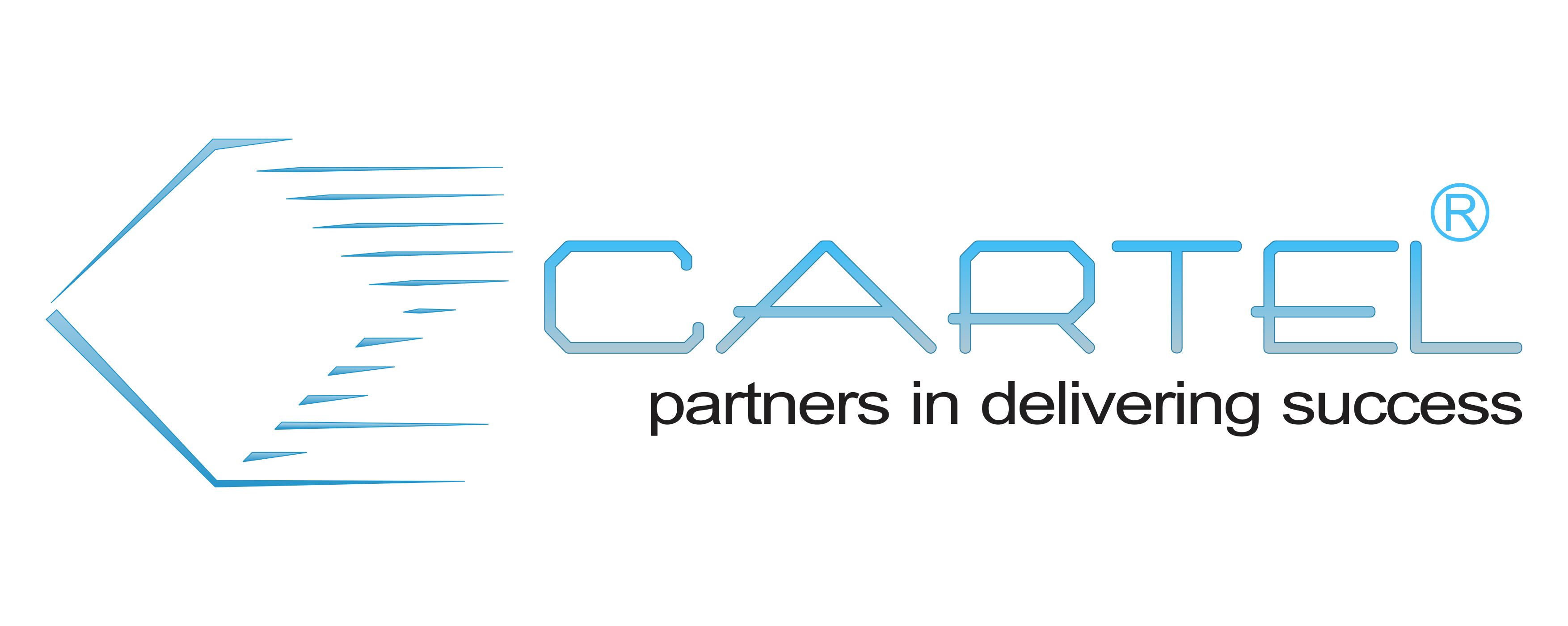JNCIP-ENT (Juniper Networks Certified Internetwork Professional – Enterprise)
OSPF
– OSPF LSA types
– OSPF area types and operations
– LSA flooding through an OSPF multi-area network
– DR/BDR operation
– SPF algorithm
– Metrics, including external metric types
– Authentication options
– Route summarization and restriction
– Overload
– Virtual links
– OSPFv2 vs OSPFv3
BGP
– BGP route selection process
– Next hop resolution
– BGP attributes – concept and operation
– BGP communities
– Regular expressions
– Load balancing – multipath, multihop, forwarding table
– NLRI families – inet, inet6
– Advanced BGP options
IP Multicast
– Components of IP multicast, including multicast addressing
– IP multicast traffic flow
– Any-Source Multicast (ASM) vs. Source-Specific Multicast (SSM)
– RPF – concept and operation
– IGMP, IGMP snooping
– PIM dense-mode and sparse-mode
– Rendezvous point (RP) – concept, operation, discovery, – election
– SSM – requirements, benefits, address ranges
– MSDP
– Routing policy and scoping
Ethernet Switching and Spanning Tree
– Filter-based VLANs
– Private VLANs
– Dynamic VLAN registration using MVRP
– Tunnel Layer 2 traffic through Ethernet networks
– Layer 2 tunneling using Q-in-Q and L2PT
– Filter-based VLANs
– Private VLANs
– Dynamic VLAN registration using MVRP
– Tunnel Layer 2 traffic through Ethernet networks
– Layer 2 tunneling using Q-in-Q and L2PT
Layer 2 Authentication and Access Control
– Authentication process flow
– 802.1x – concepts and functionality
– MAC RADIUS
– Captive portal
– Server fail fallback
– Guest VLAN
IP Telephony Features
– Power over Ethernet (PoE)
– LLDP and LLDP-MED
– Voice VLAN
Class of Service (CoS)
– CoS processing on Junos devices
– CoS header fields
– Forwarding classes
– Classification
– Packet loss priority
– Policers
– Schedulers
– Drop profiles
– Shaping
– Rewrite rules
